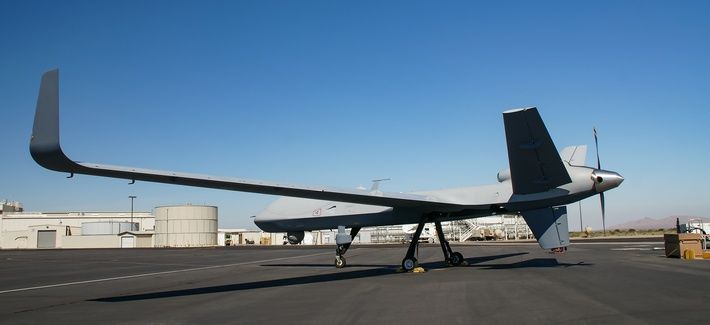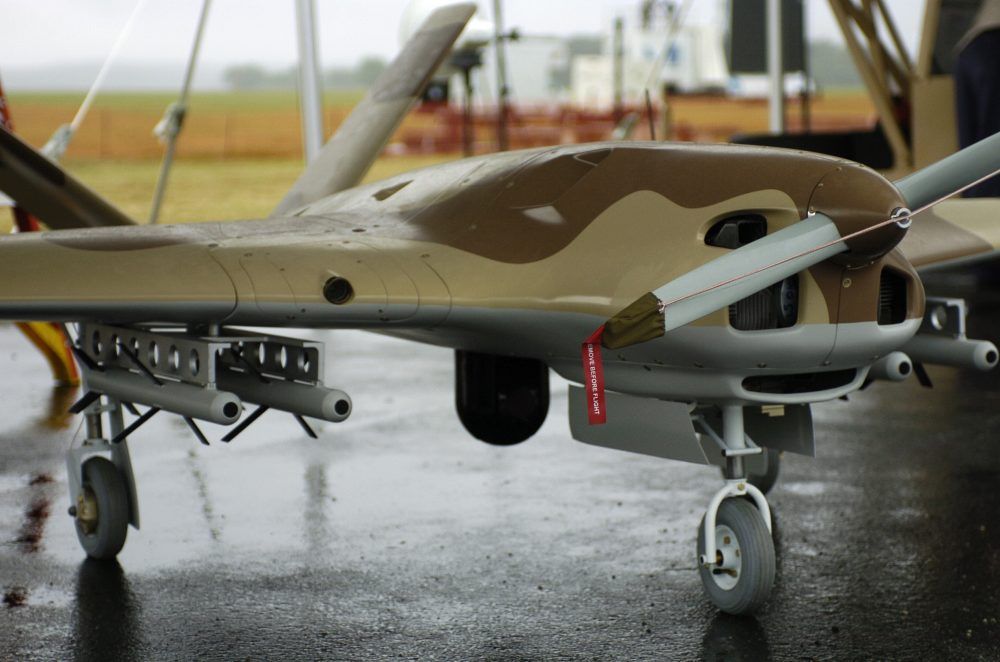Researchers for the U.S. military are studying salamanders and other animals to discover how they can regrow lost body parts.
Category: military – Page 265


DARPA Wants Bots To Protect Us From Cyber Adversaries
The military research unit is looking for technology and software that can identify networks that have been infiltrated—and neutralize them.
The military’s research unit is looking for ways to automate protection against cyber adversaries, preventing incidents like the WannaCry ransomware attack that took down parts of the United Kingdom’s National Health Service networks.
The Defense Advanced Research Projects Agency is gathering proposals for software that can automatically neutralize botnets, armies of compromised devices that can be used to carry out attacks, according to a new broad agency announcement.

Leather grown using biotechnology is about to hit the catwalk
LEATHERMAKING is an ancient craft. The oldest leather artefact found so far is a 5,500-year-old shoe from a cave in Armenia, but paintings in Egyptian tombs show that, 7,000 years ago, leather was being turned into all manner of things, from sandals to buckets to military equipment. It is a fair bet that the use of animal skins for shelter and clothing goes back hundreds of thousands of years at least.
Leathermaking is also, though, a nasty business. In 18th-century London the soaking of putrefying hides in urine and lime, to loosen any remaining flesh and hair, and the subsequent pounding of dog faeces into those skins to soften and preserve them, caused such a stench that the business was outlawed from the City proper and forced downwind and across the river into Bermondsey. In countries such as India and Japan, the trade tainted people as well as places and was (and often still remains) the preserve of social outcasts such as Dalits and Burakumin.

Mattis to troops: “Hold the line” until U.S. is less divided
Defense Secretary Jim Mattis, 66, a retired Marine four-star general, in impromptu remarks to troops abroad, in a Facebook video:
It’s good to see you all out here, young men and women. For those of you that I haven’t met, my name’s Mattis. I work at the Department of Defense, obviously… And thank you for being out here, OK? I know at times you wonder if anybody knows… The only way this great big experiment you and I call America is going to survive is if we got tough hombres like you…
You’re a great example for our country right now. It’s got a few problems. You know it and I know it. It’s got problems that we don’t have in the military.

Cyberattacks, not North Korea, pose greatest security threat
Based on the news, one would think the greatest threat to our nation is North Korea’s looming capability to strike the continental United States with nuclear tipped intercontinental ballistic missiles (ICBMs).
While the Hermit Kingdom’s ability to launch missiles with miniaturized nuclear payloads that can reach the U.S. is alarming, another threat to our national and economic security — targeted cyberattacks by state-sponsored advanced persistent threat (APT) groups and terrorist and criminal non-state actors — is being overlooked.

Testing Drones in Combat
This post is also available in:  עברית ( Hebrew )
עברית ( Hebrew )
In a few months, the U.S Air Force and SOFWERX will pit UAV s against each other in a rumble-style experiment to gather data on drone operations, the Air Force’s secretary, Heather Wilson, said. The competition, called the ThunderDrone Rapid Prototyping Event will “investigate forms, platforms, effects and data science for small unmanned aerial vehicles,” said Wilson.
According to nationaldefensemagazine.org, SOFWERX, an initiative that facilitates rapid prototyping and technology experimentation between U.S. Special Operations Command and members of non-traditional industry and academia, is planning events related to ThunderDrone beginning in early September with a technology exposition. The event is meant to help “completely change the face of drone warfare,” and will be “a living test bed” for creating a drone marketplace, according to SOFWERX. Additionally, it will enable experimentation along with rapid prototyping.
Following the lead of companies like Amazon and Google, commercial interest in artificial intelligence is skyrocketing
So we investigated 3 questions about artificial intelligence:
1. How are militaries around the world using AI?
2. What about AI worries the Pentagon?
3. Is AI dangerous?

Inside the Ring: Report: AI threatens humanity
Rooting for the AI’s.
Artificial intelligence is revolutionizing warfare and espionage in ways similar to the invention of nuclear arms and ultimately could destroy humanity, according to a new government-sponsored study.
Advances in artificial intelligence, or AI, and a subset called machine learning are occurring much faster than expected and will provide U.S. military and intelligence services with powerful new high-technology warfare and spying capabilities, says a report by two AI experts produced for Harvard’s Belfer Center.
The range of coming advanced AI weapons include: robot assassins, superfast cyber attack machines, driverless car bombs and swarms of small explosive kamikaze drones.
